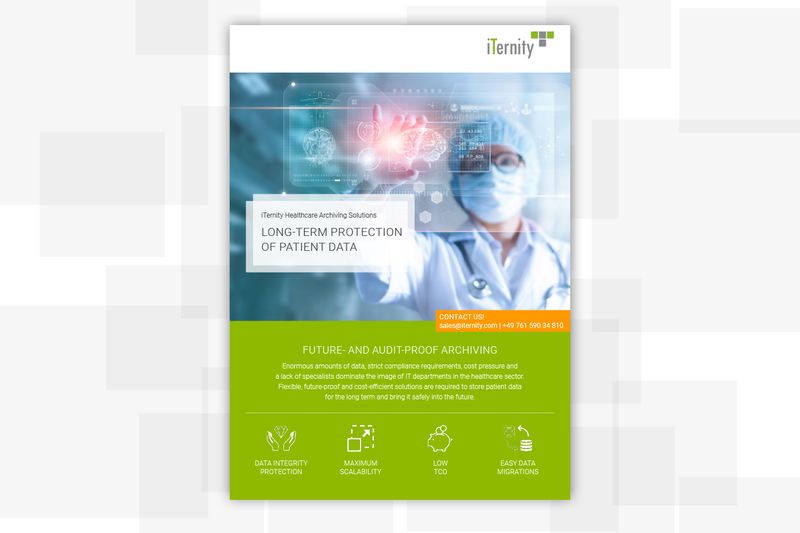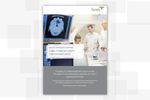What is a PACS?
PACS stands for "Picture Archiving and Communication System" and is a digital system for processing, managing, and archiving medical images and data - similar to a database and in which all medical images are stored. Every medical image taken within a hospital is automatically stored on a PACS server.
Images are captured and stored from diagnostic medical devices, such as X-ray, sonography, CT, MRI, or endoscopy. Meanwhile, PACS is growing into an application for the entire hospital. Other departments such as cardiology, neurology, radiotherapy, and also pathology want to take advantage of digital image data management and store their image data in PACS.
The data is stored in a short-term memory. Downstream, the data is stored long-term in a digital archive to ensure unchanged retention.
The long-term archive must meet high requirements. Legally-compliant archiving is a central function of the PACS archive. Due to retention periods of several decades, the data volumes in the long-term archive grow enormously. At the same time, this data must be accessible at all times by physicians at different locations and protected against changes or loss in keeping with legal regulations.







